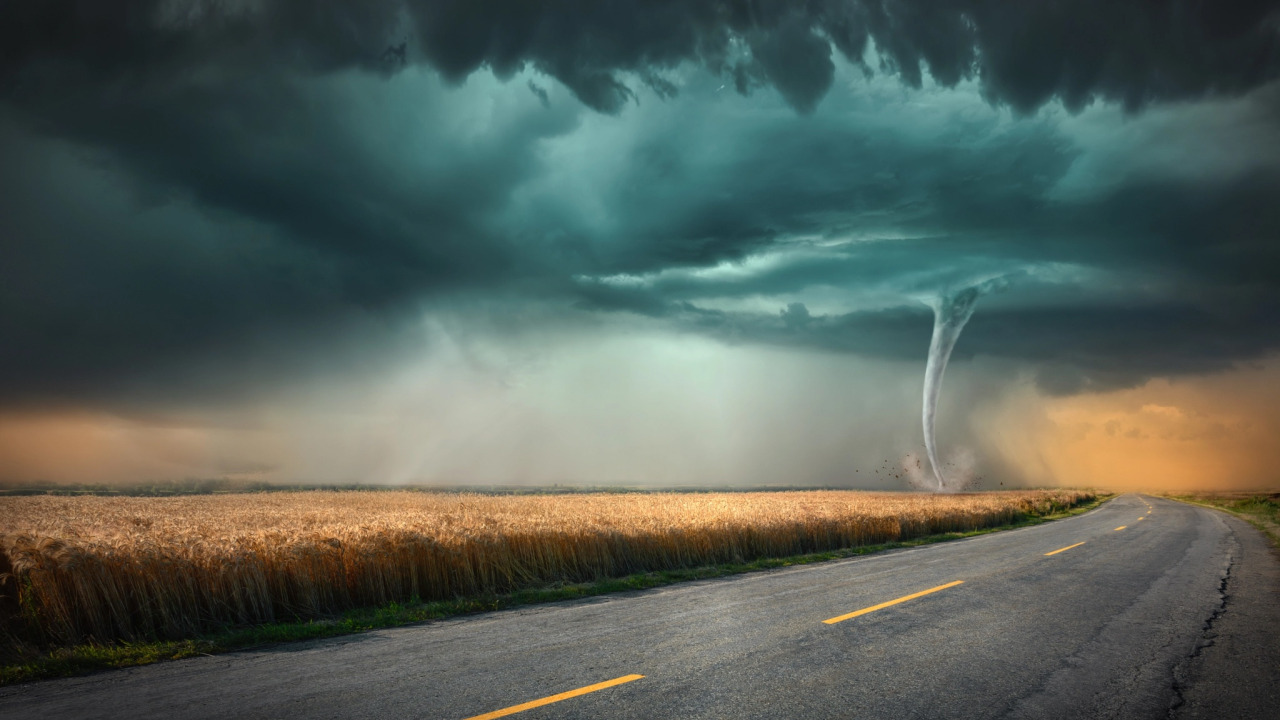On a tragic day for residents of the southern United States, Missouri has confirmed the deaths of at least 10 people as a result of tornadoes that tore through central and southern parts of the country. This devastating event, which occurred in the midst of an ongoing severe weather system, has brought widespread destruction to the region and left residents grappling with the aftermath of the chaos unleashed by nature’s fury.
The Missouri Tragedy: Death Toll and Immediate Response
The Missouri tornadoes have claimed at least 10 lives, with emergency management agencies working around the clock to assess the extent of the damage and assist affected communities. The Missouri State Highway Patrol, which has been coordinating efforts with local agencies, issued a statement on X (formerly Twitter), confirming that rescue teams were in the field, trying to offer support to the victims and evaluate the full scale of the damage.
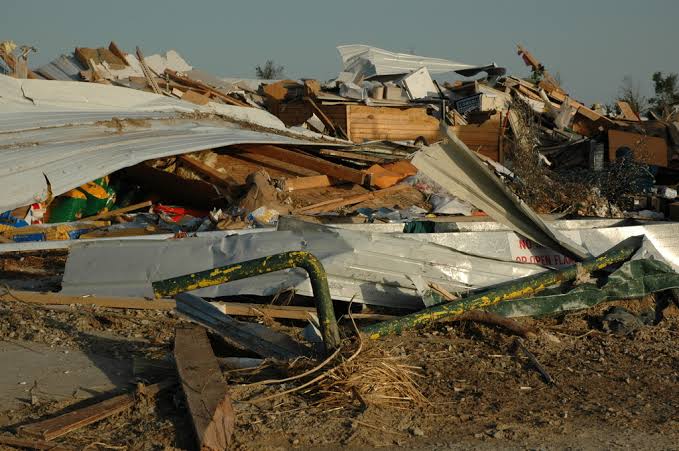
Governor Mike Parson of Missouri issued a dire warning, advising citizens that the state may experience additional severe weather in the coming days, including the possibility of more tornadoes. As the storms continued to rage, emergency teams scrambled to provide shelter, food, and medical assistance to those in need. The Missouri National Guard has also been mobilized to help with rescue operations and provide support in the most affected areas.
Widespread Damage: Destruction Across States
The deadly tornadoes did not limit their path to Missouri. As the violent storms moved eastward, they caused destruction across other southern states, including Texas, Oklahoma, and Mississippi. The power of these tornadoes and accompanying severe weather systems left a trail of devastation in their wake, with homes destroyed, power lines downed, and entire communities left in ruins.
Missouri’s emergency response teams are not alone in grappling with the chaos. In Texas, the tornadoes and severe storms contributed to over 100 wildfires across the state. The fires, which have consumed thousands of acres of land, were exacerbated by the dry conditions brought on by the storms, creating a hazardous environment for both residents and emergency responders. The Oklahoma Forestry Service has been battling one particularly large blaze, known as the 840 Road Fire, which has already scorched 27,500 acres of land and remains entirely uncontained. Firefighters are working under dangerous conditions, with red flag warnings issued throughout the region due to the extreme fire danger. These fires have not only posed a direct threat to life and property but have also created hazardous air quality, further compounding the difficulties faced by communities.
Impact of Tornadoes on Texas and Oklahoma
The severe weather system has had wide-ranging effects, not just in terms of tornadoes but also through wildfires and intense thunderstorms. Texas and Oklahoma, both of which have vast rural areas, are particularly vulnerable to such destructive weather patterns, which disrupt everyday life and put a strain on local resources.
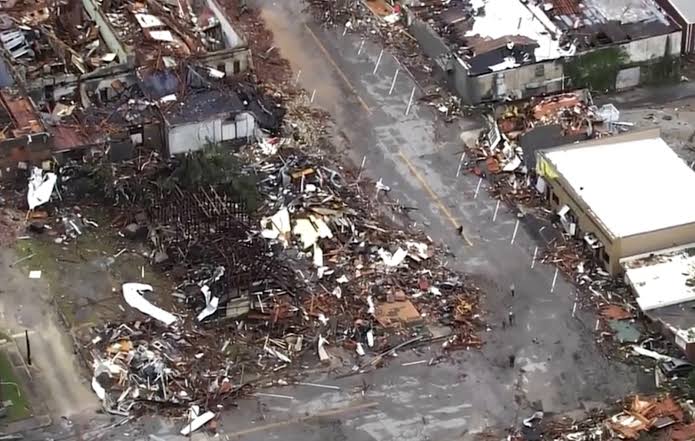
In addition to wildfires, the tornadoes have overturned several semi-trailer trucks on highways, causing disruptions to travel and trade. The already chaotic roads were further impacted by the tornadoes, which damaged infrastructure and created hazardous conditions for drivers. With bridges, roads, and highways either damaged or destroyed, the response efforts were significantly hampered.
In Oklahoma, the storm system’s effects were compounded by the tornadoes’ destruction, making it difficult to assess the full extent of the damage. High winds and hail caused significant damage to crops and livestock, two critical sectors of the state’s economy. As these rural areas attempt to recover, they face a unique set of challenges that go beyond just rebuilding infrastructure. The devastation of agricultural lands and businesses poses long-term challenges for local economies.
The Threat to Mississippi and Ongoing Warnings
While Missouri, Texas, and Oklahoma continue to deal with the aftermath of the storms, the National Oceanic and Atmospheric Administration (NOAA) has issued high alerts for Mississippi, which is now bracing for its own potential tornado outbreak. Meteorologists have been closely monitoring weather patterns in the region, and the risk of further tornadoes remains a significant concern.
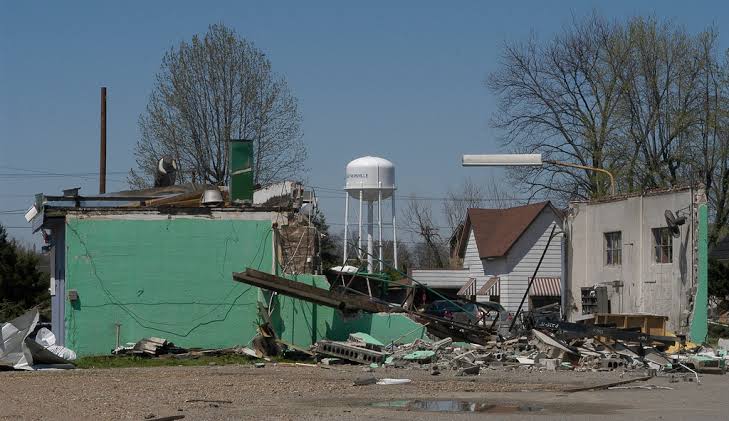
Mississippi is no stranger to tornadoes, as it lies in the heart of what is often referred to as “Tornado Alley,” a region in the central United States known for frequent and powerful tornadoes. Local authorities are on high alert, preparing shelters and resources for the possibility of severe weather. The storm system that is currently wreaking havoc across the southern US is highly unpredictable, and the threat to Mississippi could result in even more casualties and destruction.
Environmental Impact and Long-Term Recovery
As the storms subside, residents and authorities in Missouri, Texas, Oklahoma, and Mississippi will begin the arduous task of recovery. The devastation caused by tornadoes, wildfires, and severe weather events is not only a short-term challenge but also a long-term burden on the affected communities. Rebuilding homes, businesses, and critical infrastructure will require significant investments of time, money, and resources.
The environmental impact of the storms is also worth noting. Wildfires continue to burn out of control in parts of Texas and Oklahoma, destroying forests, farmland, and wildlife habitats. These fires also release large amounts of carbon dioxide into the atmosphere, contributing to climate change and exacerbating air quality issues. The Missouri tornadoes, meanwhile, have left behind not only physical destruction but also a landscape marked by the scars of violent winds and flash flooding.
One of the most immediate needs following these storms is providing shelter for displaced families. Temporary housing has been set up in various locations, and FEMA (Federal Emergency Management Agency) has activated its disaster response teams to provide financial assistance to those in need. Local communities have also mobilized to support their neighbors, with countless volunteers offering aid and resources in the aftermath of the destruction.
Preparedness and Mitigation: Lessons from Tragedy
As devastating as these storms have been, they also serve as a reminder of the need for preparedness and resilience in the face of natural disasters. State and local agencies, as well as federal organizations like FEMA, have worked tirelessly to coordinate disaster relief efforts. However, the scale of such weather events highlights the importance of proactive measures, including better infrastructure, improved weather forecasting, and community education on tornado preparedness.
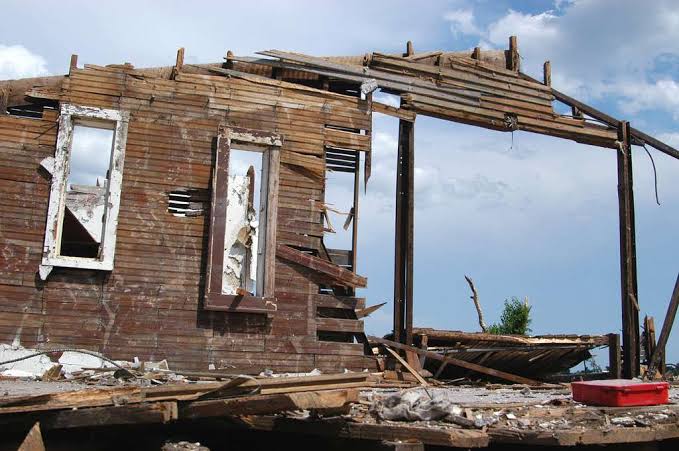
As Missouri braces for more potential tornado activity, it’s critical that the public continues to stay informed and prepared for rapidly changing weather conditions. NOAA’s warnings, coupled with emergency alerts and community preparedness efforts, will be vital to minimizing loss of life in the days ahead.
Conclusion: The Southern US Faces a Long Road to Recovery
The recent tornadoes in Missouri, Texas, Oklahoma, and the ongoing threat to Mississippi are stark reminders of the destructive power of nature and the vulnerability of human populations in the face of extreme weather events. While the immediate response efforts are focused on saving lives and providing aid, the long-term recovery will require the dedication of both local and national agencies. As more details emerge and recovery efforts continue, it is clear that the road to rebuilding will be long and challenging. However, the resilience of affected communities, coupled with the support of neighbors, first responders, and emergency agencies, will help the southern US recover from this tragic event.






